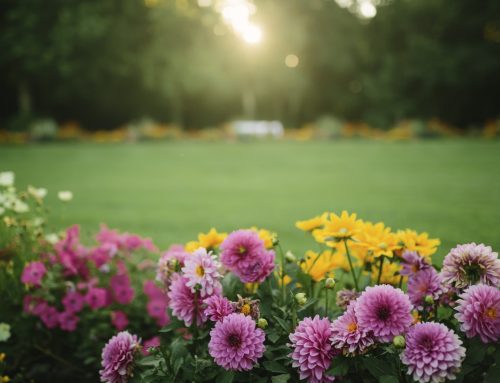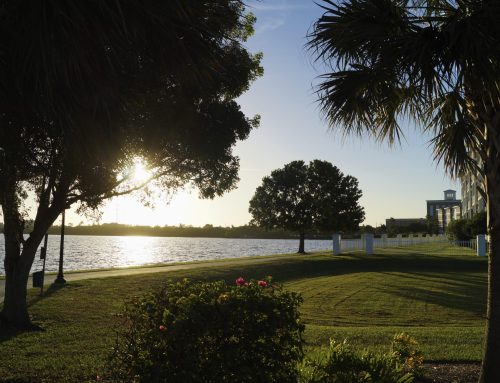From intense heat and sun to hurricanes, Florida property owners have a lot to deal with when maintaining the landscape of their homes. A Florida-friendly landscaping requires in-depth knowledge about choosing the right plants, irrigation, fertilization and pest control, among other things.
If you are new to Florida or are looking at upgrading the current landscaping you have for your home, keep reading. In this blog post, we’ll cover the principles of Florida-friendly landscaping and how it can improve not only the outward appearance of your home but your bank account as well.
What is Florida-Friendly Landscaping?
Florida-friendly landscaping (FFL) is a set of ideas to help guide Florida property-owners on how best to protect natural resources and preserve Florida’s unique beauty. Florida-friendly landscaping increases your home’s curb appeal. It also protects the environment and conserves water at the same time.
The Principles of Florida-Friendly Landscaping
The nine principles of Florida landscaping can be found below. Look to incorporate as many of these as possible when planning or updating your landscaping:
1. Water Efficiently
An irrigation system that conserves water helps decrease your water bill and protects pollution or fertilizer from entering water bodies.
2. Right Place, Right Plant
Choosing plants and flowers adapted to Florida’s soil, light, and climate is crucial to keeping your landscaping as maintenance-free as possible. They also require fewer additional resources like pesticides or excess water, making them good for the environment.
3. Fertilize Appropriately
Fertilizer helps plants grow and thrive. However, improper fertilization can damage the environment and your plants. Follow UF/IFAS recommendations to prevent nutrient runoff that can pollute Florida’s waterways.
4. Mulch
Mulch helps block weed growth and helps your soil retain moisture. It helps your landscaping look neat and is a Florida-friendly option for shady or hard-to-mow spots in your landscaping.
5. Attract Wildlife
By planting trees, shrubs, and flowers that Florida’s wildlife likes, you can increase habitat support areas for Florida. Some of the wildlife attracted to your landscaping can also act as a form of natural pest control.
6. Recycle Yard Waste
Mowing, pruning, and raking help with the appearance of your landscaping but generate a lot of waste. Try to use as much of your yard waste for composting as possible to dispose of your yard waste sustainably.
7. Protect the Waterfront
Florida has roughly 7,800 lakes and 10,000 miles of rivers and streams. If your property is located near one of Florida’s natural waterways, it is crucial to maintain a waterside 10-foot “low-maintenance zone”. This means you do not fertilize, mow, or use pesticides in this area, as it can negatively impact Florida’s natural wildlife.
8. Reduce Stormwater Runoff
FFL aims to retain as much rainfall and irrigation water as possible to prevent polluting Florida’s natural water bodies. If possible, maintain permeable walkways, driveways, and patios to allow rain to soak into the ground.
9. Manage Yard Pests Responsibly
Integrated pest management is a strategy to manage pests with as few chemicals as possible. Avoid over-treating and spot-treat instead of blanket spraying when pests appear.
If you’re interested in implementing Florida-friendly landscaping for your home but are unsure where to begin, it’s best to speak to the professionals. The team at Cutters Edge are experienced landscape professionals and understand all the elements of creating a Florida-friendly landscape. Contact us today to discuss your landscaping goals!





